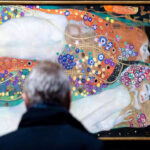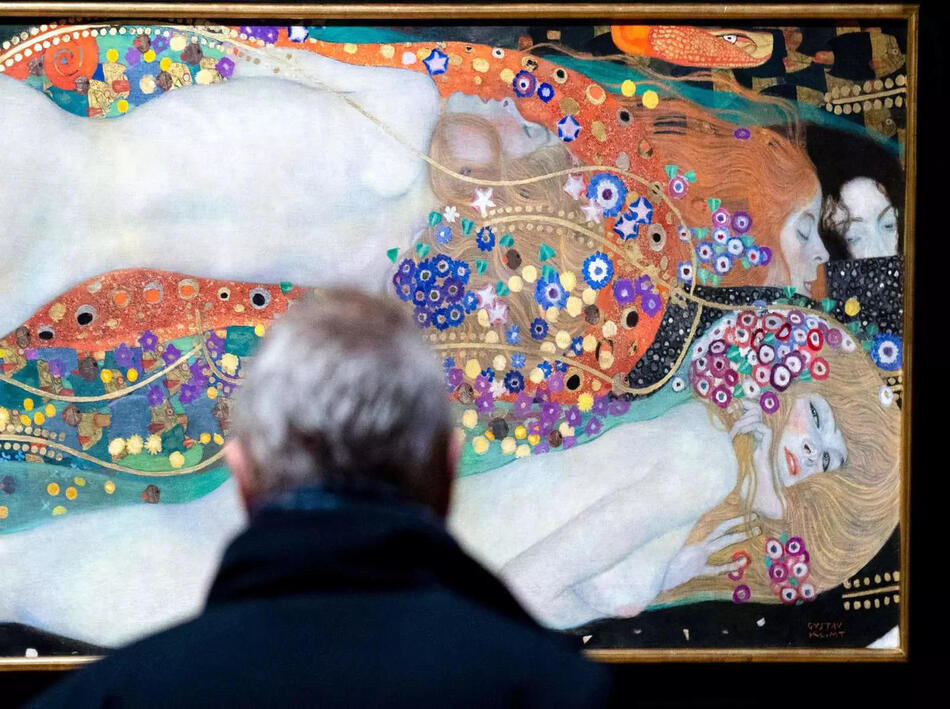
Austria's artistic realm exudes a concoction of influences
Austria is a country steeped in art and culture, from being the birthplace of music maestros like Ludwig van Beethoven, Wolfgang Amadeus Mozart or playwrights like Johann Nestroy, Franz Grillparzer, and Ferdinand Raimund, the nation was the artistic nucleus of 19th century Europe. With its cardinal location at the crossroads of the Germanic, Mediterranean and Eastern Europe, Austria’s artistic realm exudes a concoction of influences from several pivotal movements of the time.
Traversing the heart of art anywhere in the world, seldom is one likely to find any creation without a rebellion. No different is the story of the Viennese Secession that occurred in 1897 and germinated out of a booming voice for change against the imitative and restraining academy of arts in the city. Numerous Austrian cities nurtured budding artists and intellectuals, who painted the Vienna Secession with their striking, bold colours of modernity.
Led by the young Gustav Klimt at the forefront, Max Kurzweil, Josef Engelhart, Koloman Moser, and Alfred Roller, as well as architects such as Josef Maria Olbrich, and more, this band of individual artists, designers, thinkers and architects came together to bid departure to the ‘pompous’ and ‘artificial’ narrow realms of historicism and create a contemporary style with their radical breakthrough approach.
Jugendstil, or “youth style,” the German-speaking world’s adaptation of Art Nouveau, encompassed the realms of architecture, illustration, typography, and painting to come together and featured the use of flowing, sinuous lines and sophisticated, florid plant motifs. With time, the geometric motifs and more simplified forms became more prominent in Viennese Jugendstil.
The Secession was founded on the idea that art should be contemporary rather than a reinterpretation or imitation of earlier styles. Paintings in the Vienna Secession frequently featured dense, closely spaced patterns to highlight the flatness of the medium, with Gustav Klimt work being a perfect illustration of this style because of their gilded essence. Naturally, Austria became a wonderland for art and architectural highlights, with the regal baroque and rococo architecture, or soft florid patterns in the shimmering golden tapestry of The Kiss.
India Outbound presents a guide to some of the unmissable art and architecture treasures from the country without which, exploring the regal art of Austria remains incomplete.

The mystical Beethoven Frieze now is regarded as one of Klimt’s key works
Beethoven Frieze by Gustav Klimt: Klimt’s world-renowned oeuvre that pays tribute to Beethoven’s Ninth Symphony, the Beethoven Frieze, is a complex narrative sequence. The mystical Beethoven Frieze now is regarded as one of Klimt’s key works and a monumental piece of Viennese Art Nouveau. It depicts the human longing for pleasure in a painful and turbulent world where one must battle both internal and external evil forces. The audience is taken on an explorational journey in a visually striking yet linear style. The flying female Genii starts off innocently, searching the planet, but soon Typhoeus, the dark, menacing storm-wind giant, pursues.
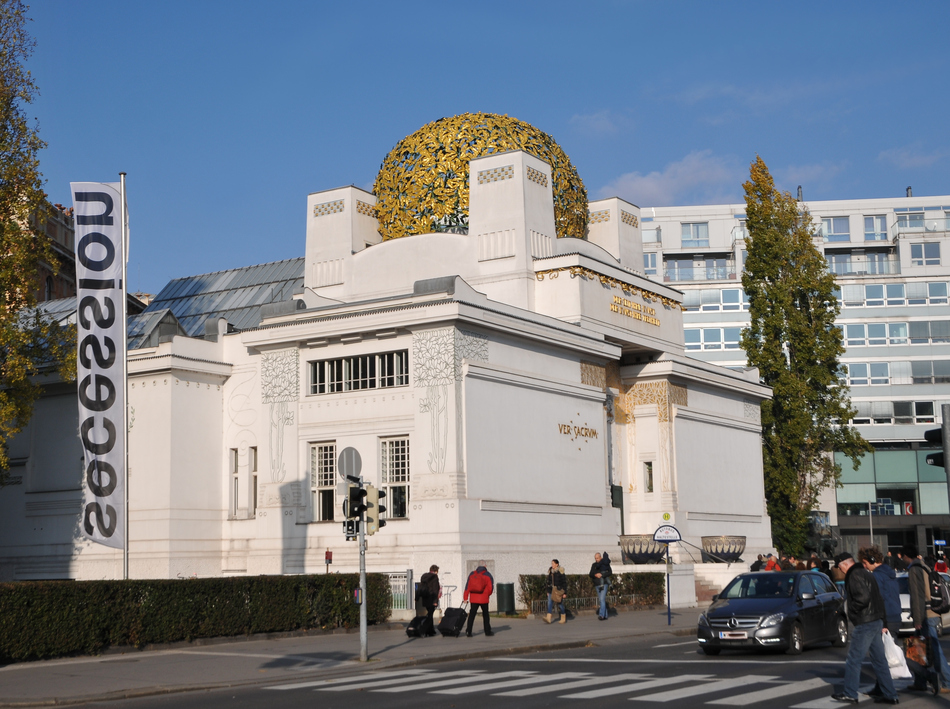
The leafwork dome is a symbol of the Secession
Secession Building by Joseph Maria Olbrich: Above the entrance, one can read: “Der Zeit ihre Kunst, der Kunst ihre Freiheit” which means “to every age its art, to art its freedom.” This principle was one of the mottos of the Vienna Secession. Another principle is written on the left side of the building in the Latin words “Ver Sacrum” which translates to “holy spring.” The allusion to spring conveys the fresh, burgeoning artistic epoch that the Vienna Secession represented. The leafwork dome (‘golden cabbage’) is the symbol of the Secession and visible from afar, while the entrance features Medusas with snake hair.
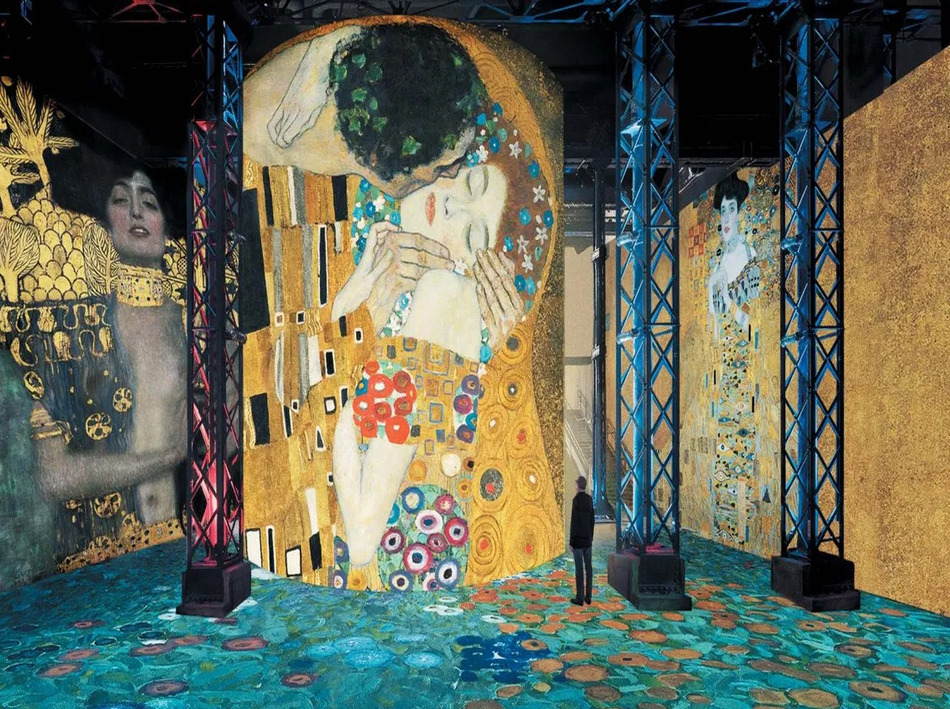
The Kiss sparked many revolutions in art
The Kiss by Gustav Klimt: Although Klimt painted The Kiss after he officially left the Vienna Secession, the painting till date remains one of his masterpiece canvases and a strong symbol of the movement. A highly exquisite piece, Klimt employed decorative, ornamental styles to most of his paintings. The immaculate attention to details, glowing rings and swirling spirals, concentric squares characterise The Kiss. Known for his eclectic and highly personal style, Klimt was often critiqued for his explicitly erotic, independent depiction of women. The Kiss sparked many revolutions in art with its powerful and figurative details and remains one of the phenomenal pieces out of the Vienna Secession.
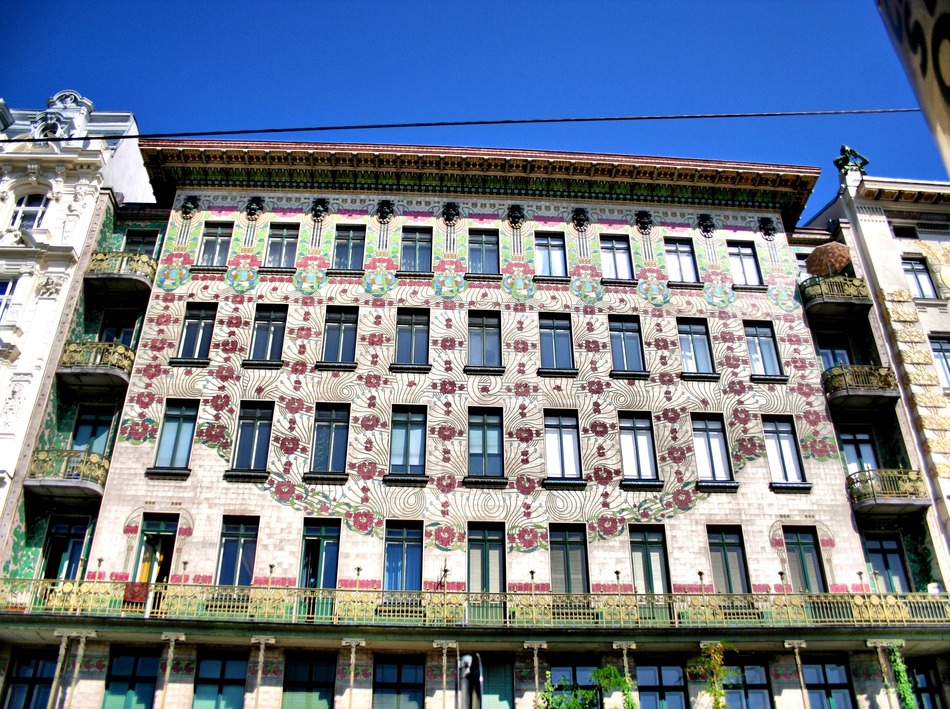
Floral designs typical of the early Vienna Secession
Majolica House by Alois Ludwig: Majolica House, Linke Wienzeile 40’s front facade is lavishly decorated in majolica, or colourful glazed earthenware tiles with floral designs typical of the early Vienna Secession. The building’s structure is highlighted by majolica, ornamental iron balconies, and flexible, S-shaped linear adornment, while still maintaining the customary usage of ornamentation. It also served a useful role by making it easy to wipe the tile facade with fire hoses.
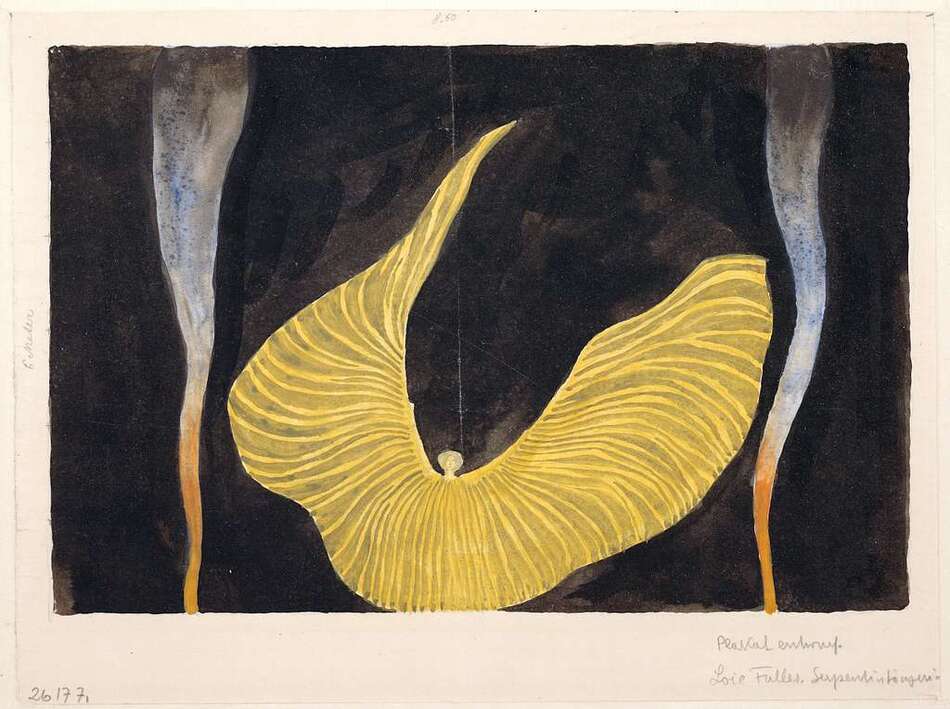
Moser’s major influences were Klimt’s landscapes
Dance by Koloman Moser: Enchanted by the forms of dance, this particularly distinctive play of ink and watercolour merges together in bold strokes of enchanting yellow against a dark background, in the drawing of Loïe Fuller in the Dance “The Archangel”. His major influences were Klimt’s landscapes, then those of Ferdinand Hodler, the Swiss painter who was a good friend of Klimt.








